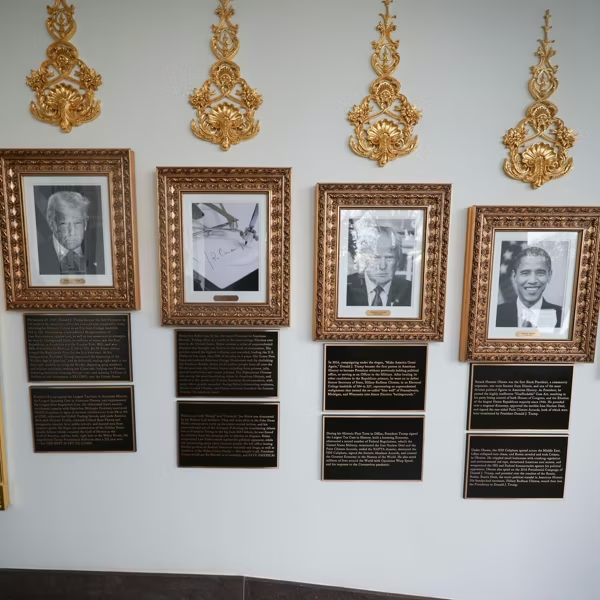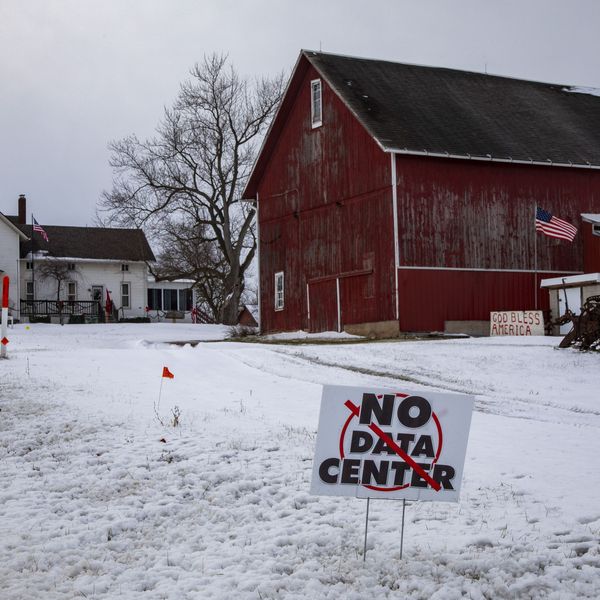From Kalamazoo to Husky, Parallel Pipeline Disasters
There are many parallels between last week's heavy oil spill from a Husky Energy pipeline in Saskatchewan and the Enbridge pipeline rupture in Kalamazoo Michigan almost exactly six years ago.
Both ruptures occurred while control room staff were restarting the flow in the pipelines.
In both cases, "anomalies" were indicated by computers systems monitoring the pipelines.
In both cases, the companies failed to interpret the "anomalies" as leaks.
There are many parallels between last week's heavy oil spill from a Husky Energy pipeline in Saskatchewan and the Enbridge pipeline rupture in Kalamazoo Michigan almost exactly six years ago.
Both ruptures occurred while control room staff were restarting the flow in the pipelines.
In both cases, "anomalies" were indicated by computers systems monitoring the pipelines.
In both cases, the companies failed to interpret the "anomalies" as leaks.
In both cases, significant periods of time elapsed before the companies were made aware of the leaks by members of the public seeing the oil floating down river. 17 hours for Enbridge, 14 hours for Husky.
In both cases, diluents had been added to the pipeline to facilitate pumping.
In both cases, emergency responses were inadequate to deal with the quantity spilled and the conditions on the rivers the spills flowed into.
Ultimately, the US National Transportation Safety Board found that Enbridge behaved like "Keystone Kops" during the Kalamazoo spill. Husky is not releasing all the details that led up to their catastrophic spill that has closed water treatment plants downstream affecting tens of thousands of people in cities and First Nations reliant on the North Saskatchewan river for their drinking water supply.
But keep this in mind. There is no such thing as a pipeline "accident." Every leak is a failure of the company's Integrity Management Program. Every leak is the company's fault. Pipelines leak when they are not correctly built, not correctly maintained and not correctly operated. Pipeline companies and their government regulators give blanket assurances that they will operate safely with "sophisticated technology" to prevent and detect leaks and "world class" emergency response plans when the technology fails. The oil spill working its way down the North Saskatchewan river is just the latest reality check on the value of those assurances.
An Urgent Message From Our Co-Founder
Dear Common Dreams reader, The U.S. is on a fast track to authoritarianism like nothing I've ever seen. Meanwhile, corporate news outlets are utterly capitulating to Trump, twisting their coverage to avoid drawing his ire while lining up to stuff cash in his pockets. That's why I believe that Common Dreams is doing the best and most consequential reporting that we've ever done. Our small but mighty team is a progressive reporting powerhouse, covering the news every day that the corporate media never will. Our mission has always been simple: To inform. To inspire. And to ignite change for the common good. Now here's the key piece that I want all our readers to understand: None of this would be possible without your financial support. That's not just some fundraising cliche. It's the absolute and literal truth. We don't accept corporate advertising and never will. We don't have a paywall because we don't think people should be blocked from critical news based on their ability to pay. Everything we do is funded by the donations of readers like you. Will you donate now to help power the nonprofit, independent reporting of Common Dreams? Thank you for being a vital member of our community. Together, we can keep independent journalism alive when it’s needed most. - Craig Brown, Co-founder |
There are many parallels between last week's heavy oil spill from a Husky Energy pipeline in Saskatchewan and the Enbridge pipeline rupture in Kalamazoo Michigan almost exactly six years ago.
Both ruptures occurred while control room staff were restarting the flow in the pipelines.
In both cases, "anomalies" were indicated by computers systems monitoring the pipelines.
In both cases, the companies failed to interpret the "anomalies" as leaks.
In both cases, significant periods of time elapsed before the companies were made aware of the leaks by members of the public seeing the oil floating down river. 17 hours for Enbridge, 14 hours for Husky.
In both cases, diluents had been added to the pipeline to facilitate pumping.
In both cases, emergency responses were inadequate to deal with the quantity spilled and the conditions on the rivers the spills flowed into.
Ultimately, the US National Transportation Safety Board found that Enbridge behaved like "Keystone Kops" during the Kalamazoo spill. Husky is not releasing all the details that led up to their catastrophic spill that has closed water treatment plants downstream affecting tens of thousands of people in cities and First Nations reliant on the North Saskatchewan river for their drinking water supply.
But keep this in mind. There is no such thing as a pipeline "accident." Every leak is a failure of the company's Integrity Management Program. Every leak is the company's fault. Pipelines leak when they are not correctly built, not correctly maintained and not correctly operated. Pipeline companies and their government regulators give blanket assurances that they will operate safely with "sophisticated technology" to prevent and detect leaks and "world class" emergency response plans when the technology fails. The oil spill working its way down the North Saskatchewan river is just the latest reality check on the value of those assurances.
There are many parallels between last week's heavy oil spill from a Husky Energy pipeline in Saskatchewan and the Enbridge pipeline rupture in Kalamazoo Michigan almost exactly six years ago.
Both ruptures occurred while control room staff were restarting the flow in the pipelines.
In both cases, "anomalies" were indicated by computers systems monitoring the pipelines.
In both cases, the companies failed to interpret the "anomalies" as leaks.
In both cases, significant periods of time elapsed before the companies were made aware of the leaks by members of the public seeing the oil floating down river. 17 hours for Enbridge, 14 hours for Husky.
In both cases, diluents had been added to the pipeline to facilitate pumping.
In both cases, emergency responses were inadequate to deal with the quantity spilled and the conditions on the rivers the spills flowed into.
Ultimately, the US National Transportation Safety Board found that Enbridge behaved like "Keystone Kops" during the Kalamazoo spill. Husky is not releasing all the details that led up to their catastrophic spill that has closed water treatment plants downstream affecting tens of thousands of people in cities and First Nations reliant on the North Saskatchewan river for their drinking water supply.
But keep this in mind. There is no such thing as a pipeline "accident." Every leak is a failure of the company's Integrity Management Program. Every leak is the company's fault. Pipelines leak when they are not correctly built, not correctly maintained and not correctly operated. Pipeline companies and their government regulators give blanket assurances that they will operate safely with "sophisticated technology" to prevent and detect leaks and "world class" emergency response plans when the technology fails. The oil spill working its way down the North Saskatchewan river is just the latest reality check on the value of those assurances.

